Introducing the Brassicas
This family has many names: Brassicaceae, Cruciferae, cabbage or cole family. I was intrigued to learn that the name Cruciferae is used because flowers of these plants have four petals in the form of a cross. Botanical Latin can be useful once again: the name Brassica on the seed package indicates the plant belongs to this family, which includes broccoli, Brussels sprouts, cabbage, cauliflower, kale, mustard greens and many others. However – just to keep this from being too easy — there are other edible plants that also belong to this family but do not have the word Brassica in their botanical name: Arugula (Eruca sativa), horseradish (Armoracia rusticana) and radish (Raphanus sativus) are three of these. Several ornamental flowering plants belong to this family too – alyssum (Lobularia maritima) is one.1 It’s all good fun, isn’t it?
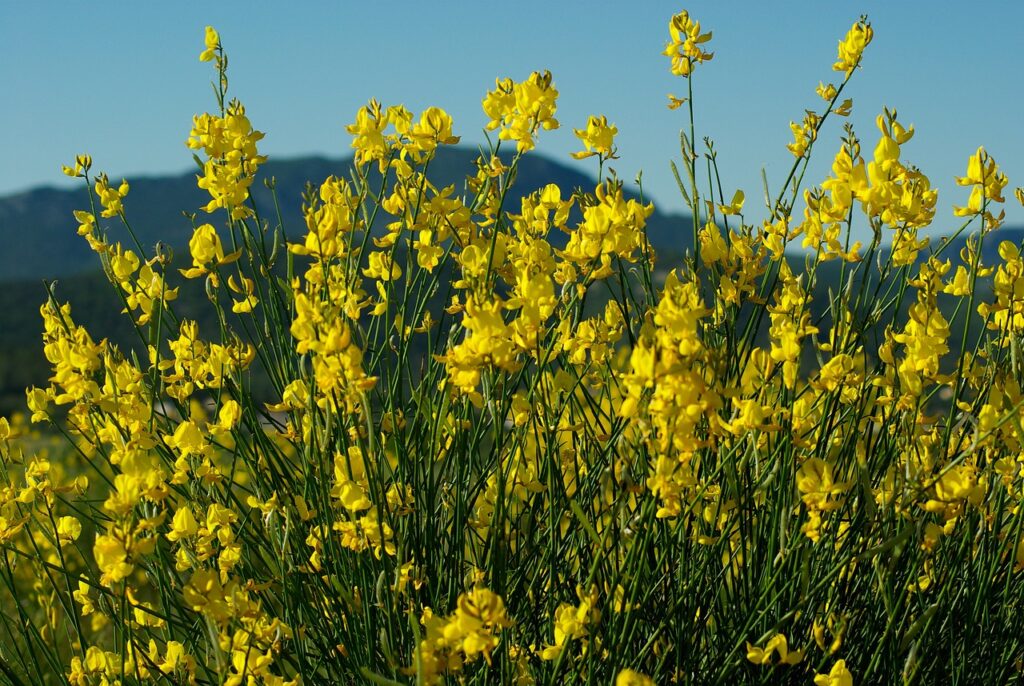
Challenges for home gardeners
Many years ago, wanting to expand my repertoire of plants as a gardener, I carefully sowed seeds of tatsoi (Brassica rapa subsp. Narinosa) — an Asian leafy vegetable popular in stir-fries — into the garden. The package said to expect germination in 4 – 7 days, and I regularly checked that space for the emerging seedlings. Nothing appeared and I concluded that this was a vegetable I couldn’t grow on the Canadian Prairies. I have since learned that tatsoi is a member of the Brassica family which also includes canola (Brassica napus). The just emerging tatsoi seedlings were likely devoured by hungry canola flea beetles before they even had a chance to show themselves to the rest of the world. (I live in an agricultural area where there are fields of canola grown for miles around.) This is one of the major challenges for many home gardeners trying to grow members of this plant family.
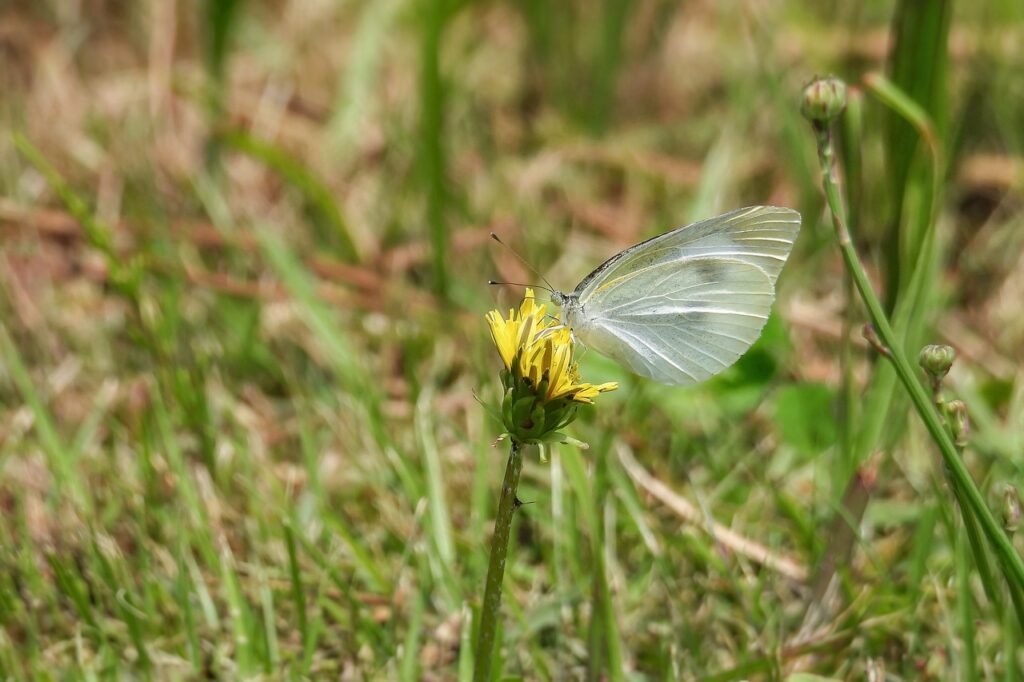
As if the flea beetles aren’t enough of a challenge, another common insect also is attracted to the Brassica family: the cabbage white butterfly. It’s the first butterfly I usually notice in the spring as it searches for the host plant for laying its eggs, knowing the developing larvae will have a good food source.
Is it worth growing these vegetables?
The sulfur-containing compounds in this group are one of the powerful phytonutrients making these plants worth the effort.
“They prevent oxidative stress, induce detoxification enzymes, stimulate immune system, decrease the risk of cancers, inhibit malignant transformation and carcinogenic mutations, as well as, reduce proliferation of cancer cells.” 2
I have wondered if the superior nutritional qualities of these plants are why these insects are so determined to eat them too!
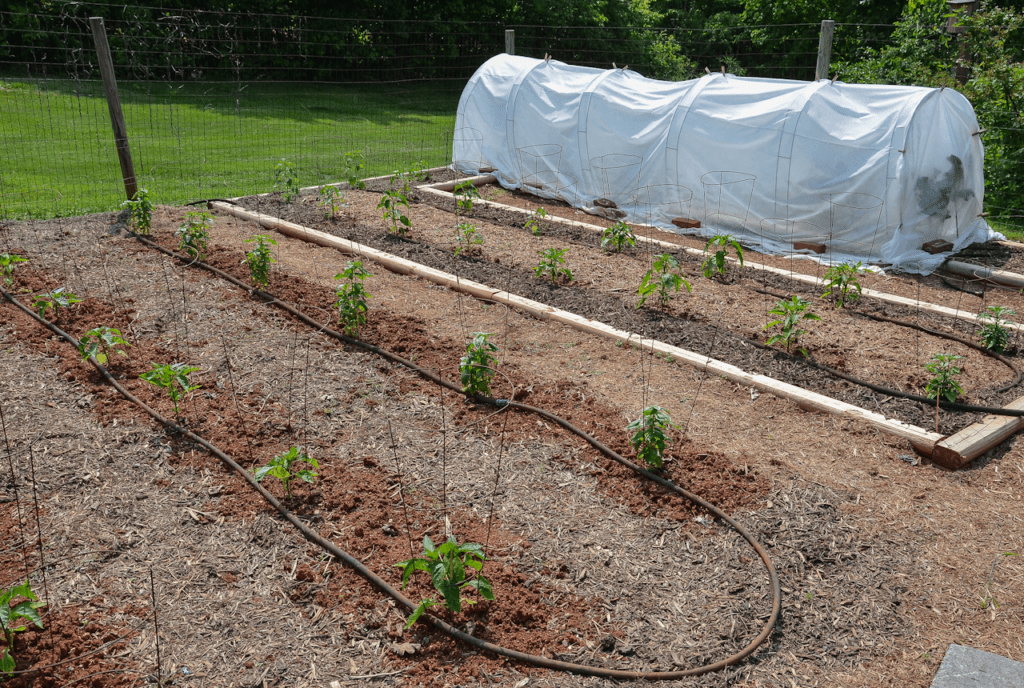
Row cover to the rescue!
A very effective way of protecting our Brassicas from insects is covering the seedlings with row cover, a light weight material that allows air, water and most of the sunlight to reach the plants under it. It can be reused for several years and is a worthwhile investment when growing these plants.
In Part 2, I will explore a few more of these “super foods” and some other ways to stack the odds in the plant’s favour (and ours!) when growing them.
Part 2 will be published on Wednesday, July 3, 2024.
Photo credit: Garden row cover Copyright 2014 by Mark Levisay via Flickr. Some rights reserved.
License: https://creativecommons.org/licenses/by/2.0/
1 For a list of other ornamental plants belonging to the Brassicaceae family: https://www.britannica.com/topic/list-of-plants-in-the-family-Brassicaceae- 2004620
2 https://pubmed.ncbi.nlm.nih.gov/23631258/
Wendy spent a good part of her adult life moving with her husband, never staying long enough to see an apple tree mature and bear fruit. When they retired, developing a food garden and planting hardy ornamentals became a passion. Weaving her previous studies in nutrition with her current interest in gardening has become a stimulating and life-giving activity.

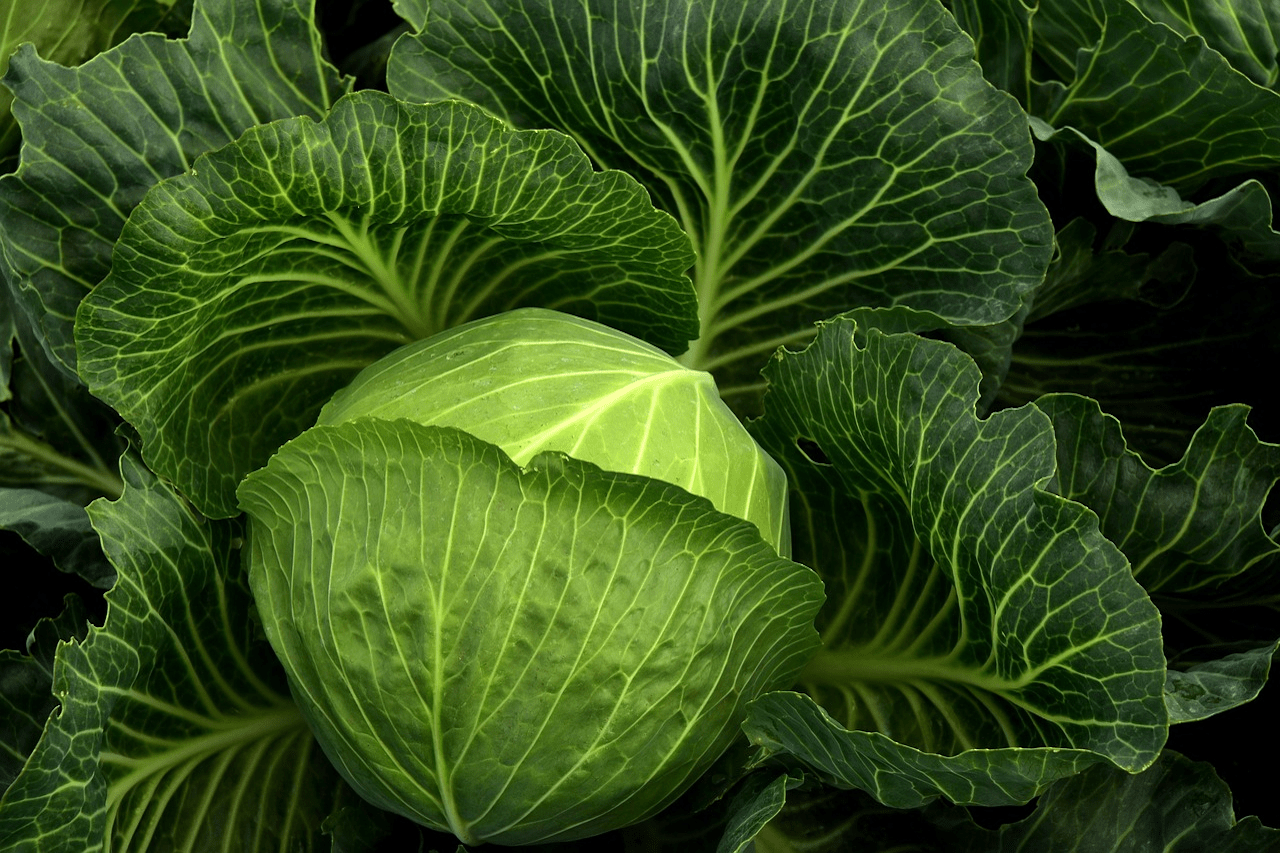

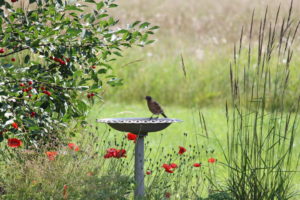
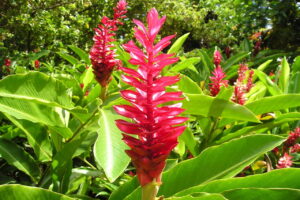
Always wanted to grow these but have had such bad luck with the insect critters when I tried, and do not use pesticides, so am excited to look into the idea of row covers! Thanks, Wendy, always enjoy reading your offerings and learning something new about gardening.